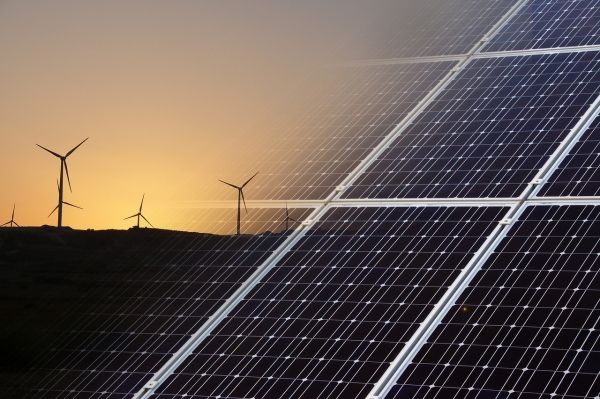At the upcoming Conference of the Parties (COP26) in November, ample discussion is likely to focus on how the world is not on track to meet the Paris Agreement’s goals of stopping warming at well below 2°C. According to a new University of California San Diego article published in Nature Energy, world diplomats will, however, find encouraging signs in emerging clean energy technology “niches”—countries, states or corporations—that are pioneering decarbonization.
“In certain areas, adoption rates for solar and wind turbines, as well as electric vehicles are very high and increasing every year,” write the authors of the opinion piece Ryan Hanna, assistant research scientist at UC San Diego’s Center for Energy Research and David G. Victor, professor of industrial innovation at UC San Diego’s School of Global Policy and Strategy. “It’s important to look to niches because this is where the real leg work of decarbonization is happening. In fact, one can think about the entire challenge of decarbonizing as one of opening and growing niches—for new technologies, policies and practices, which are all needed to address the climate crisis.”
The glimmers of hope for decarbonization will be critical for diplomats at COP26, who may be set for disappointment as they begin an official “stocktaking” process of reviewing past emissions. This year, each country will report on emissions accounting for the last five years and issue new, bolder pledges to cut greenhouse gasses.
Read more at University of California - San Diego
Photo Credit: seagul via Pixabay


